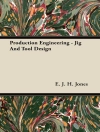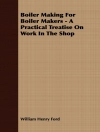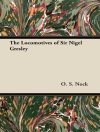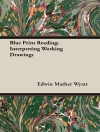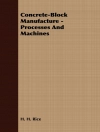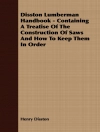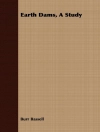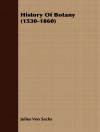This book describes how to use expert knowledge—which is often formulated by using imprecise (fuzzy) words from a natural language. In the 1960s, Zadeh designed special 'fuzzy’ techniques for such use. In the 1980s, fuzzy techniques started controlling trains, elevators, video cameras, rice cookers, car transmissions, etc. Now, combining fuzzy with neural, genetic, and other intelligent methods leads to new state-of-the-art results: in aerospace industry (from drones to space flights), in mobile robotics, in finances (predicting the value of crypto-currencies), and even in law enforcement (detecting counterfeit banknotes, detecting online child predators and in creating explainable AI systems). The book describes these (and other) applications—as well as foundations and logistics of fuzzy techniques. This book can be recommended to specialists—both in fuzzy and in various application areas—who will learn latest techniques and their applications, and to students interested in innovative ideas.
Spis treści
Powerset operators in categories with fuzzy relations dened by monads.- Improved Fuzzy Q-Learning with Replay Memory.- The ulem package: underlining for emphasis.- A Dynamic Hierarchical Genetic-Fuzzy Sugeno Network.- Fuzzy Mathematical Morphology and Applications in Image Processing.


